"Mine in the City" - Forgotten Resources
Every year, millions of tons of electronic waste (e-waste), old engines and industrial equipment are discarded, taking with them large amounts of valuable rare earth elements. This “urban” resource is concentrated mainly in three main types of waste:
Used NdFeB permanent magnets: This is the richest rare earth "ore seam", containing very high levels of Neodymium (Nd), Praseodymium (Pr) and Dysprosium (Dy). They are found in computer hard drives, electric vehicle motors, wind turbines, air conditioners, speakers and many other devices. It is estimated that the global rare earth magnet recycling market could reach billions of dollars in the next decade.
Fluorescent Powders from Waste Lamps: Old compact fluorescent lamps and fluorescent tubes containing fluorescent powders (phosphors) are an important source of expensive heavy rare earth elements such as Yttrium (Y), Europium (Eu) and Terbium (Tb).
Waste catalysts: Fluidized bed cracking (FCC) catalysts from the petrochemical refining industry contain significant amounts of Lanthanum (La) and Cerium (Ce).
Recovering rare earths from these sources not only reduces dependence on traditional mining, which often causes serious environmental problems such as landscape destruction and radioactive contamination, but also creates a stable, safe and predictable secondary supply within national borders.
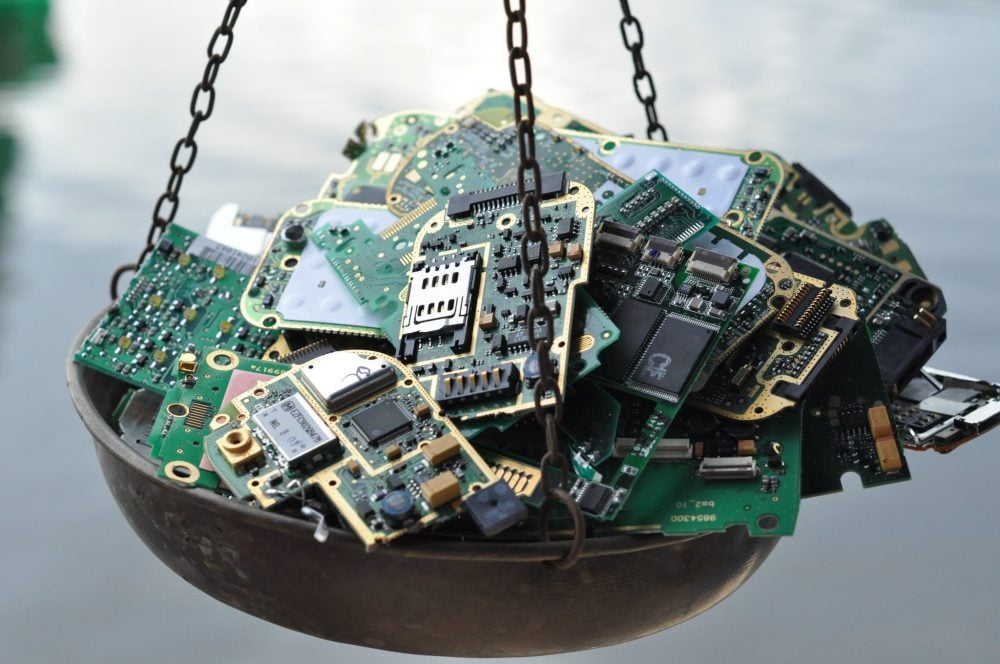
Photo: Source of waste from electronic circuit boards (source: en.reset.org).
Breakthroughs in rare earth recycling technology
Recycling rare earths is a major technological challenge. However, several recent research breakthroughs have opened up the prospect of large-scale commercialization.
Hydrometallurgy - Mainstream: This is the most widely studied and applied method. Scientists at the Ames Laboratory (USA) and KU Leuven University (Belgium) have developed efficient hydrometallurgical processes to dissolve NdFeB magnet powder in acid and then use solvent extraction techniques to recover rare earth oxides with a purity of over 99.5%. Recently, research has focused on using weaker organic acids (such as citric acid, gluconic acid) to increase selectivity and reduce environmental impact.
New and "greener" technologies - Future prospects:
+ Direct Recycling: A promising approach is to directly reuse alloys from old magnets without separating each element. Urban Mining Company (USA) has commercialized a process called "Magnet-to-Magnet", in which waste magnets are processed to remove the coating, then ground into powder and remanufactured into new magnets. This process saves energy and costs significantly compared to production from ore.
+ Using ionic solvents: Researchers at Queen's University Belfast (UK) have demonstrated the possibility of using several types of ionic solvents to selectively dissolve rare earth oxides from waste fluorescent powder. Laboratory results show that the recovery efficiency of Europium can reach over 90% with high purity. Although the cost of ionic solvents is still high, their reusability and environmental friendliness are a big advantage.
+ Bioleaching: This is a new but potential research field. Scientists at the University of Idaho (USA) have discovered that Gluconobacter bacteria are capable of producing gluconic acid, which helps dissolve rare earths from heat-treated magnets. Laboratory results show that up to 70% of Neodymium can be recovered. Although this process is slow and not very efficient, it opens up a completely sustainable direction, using minimal energy and not generating toxic chemicals.
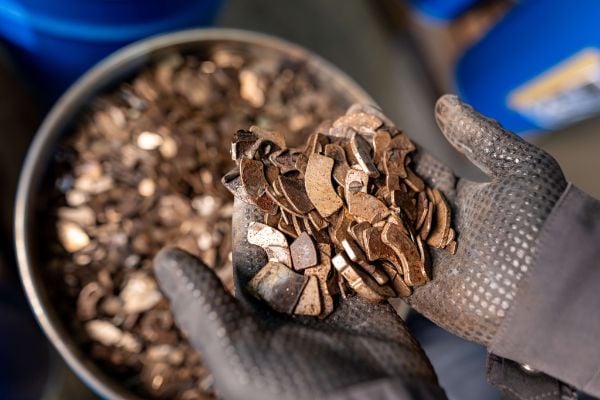
Photo: Recycling from rare earth magnets (source: https://eco-recycle.co.uk/).
Current situation, challenges and roadmap for Vietnam
For Vietnam, "urban mining" of rare earths is a field that is almost completely left open. Currently, we do not have a systematic system for collecting, classifying and treating electronic waste and industrial waste containing rare earths. Recycling activities (if any) are mainly manual and small-scale, mainly recovering common metals such as copper, aluminum, and iron, while precious rare earth elements are lost and released into the environment.
However, this is an opportunity for Vietnam to build a modern and sustainable rare earth recycling industry from the beginning. To do that, there needs to be a clear roadmap with specific steps:
Establishing a policy framework and collection system: The State should issue policies to encourage and mandate the collection of rare earth products that have reached the end of their life cycle. Establishing an effective nationwide system for the collection and sorting of electronic waste and industrial waste is a prerequisite.
Strong investment in R&D: There needs to be a national science and technology program on strategic materials recycling, which prioritizes resources for research institutes and universities to:
+ Research and master basic recycling technologies: Focus on optimizing the hydrometallurgical process, suitable for specific types of waste in Vietnam. With existing experience in hydrometallurgy and extraction of primary ores, units such as the Institute of Rare Metal Technology can quickly approach and master this technology.
+ Research new technologies, take shortcuts: Dedicate resources to research advanced directions such as using ionic solvents, hydro-biology. Although these are long-term studies, starting now will help Vietnam not fall behind in technology.
Construction of pilot treatment and recycling facilities (Pilot Plant): After having positive R&D results, it is necessary to invest in building pilot recycling plants to verify the technology, evaluate economic efficiency and perfect the process before deploying on an industrial scale.
Strengthening International Cooperation: Learning from the experiences of leading countries in building policies, collection systems and transferring advanced recycling technology.
Developing a rare earth recycling industry is not only an economic and environmental solution but also a resource security issue. By "mining" used technology products, Vietnam can create a stable secondary rare earth supply, reduce dependence on external factors and contribute to building a circular, green and sustainable economy.
Source: https://mst.gov.vn/khai-thac-do-thi-dat-hiem-tu-phe-thai-cong-nghe-den-nguon-tai-nguyen-chien-luoc-197250731091535427.htm



![[Photo] Ho Chi Minh City is brilliant with flags and flowers on the eve of the 1st Party Congress, term 2025-2030](https://vphoto.vietnam.vn/thumb/1200x675/vietnam/resource/IMAGE/2025/10/10/1760102923219_ndo_br_thiet-ke-chua-co-ten-43-png.webp)
![[Photo] Opening of the World Cultural Festival in Hanoi](https://vphoto.vietnam.vn/thumb/1200x675/vietnam/resource/IMAGE/2025/10/10/1760113426728_ndo_br_lehoi-khaimac-jpg.webp)
![[Photo] General Secretary attends the parade to celebrate the 80th anniversary of the founding of the Korean Workers' Party](https://vphoto.vietnam.vn/thumb/1200x675/vietnam/resource/IMAGE/2025/10/11/1760150039564_vna-potal-tong-bi-thu-du-le-duyet-binh-ky-niem-80-nam-thanh-lap-dang-lao-dong-trieu-tien-8331994-jpg.webp)



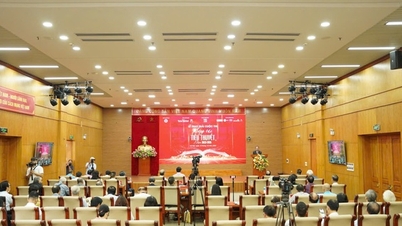

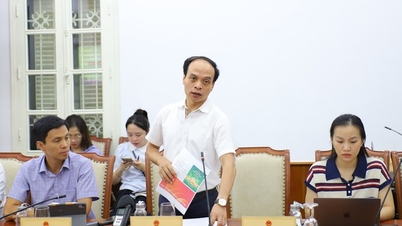









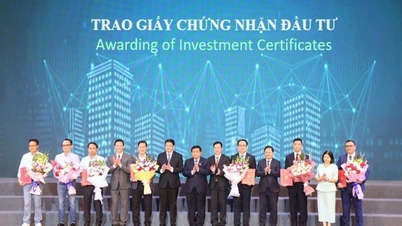
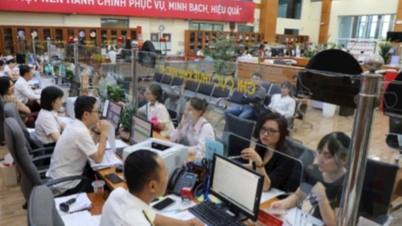
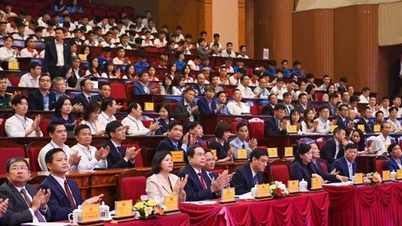
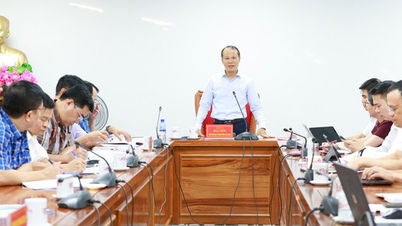
























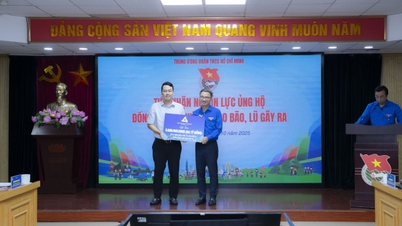



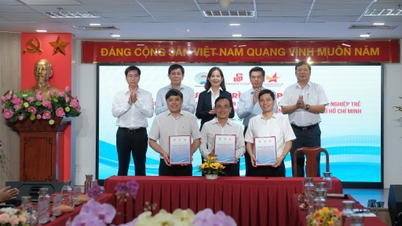



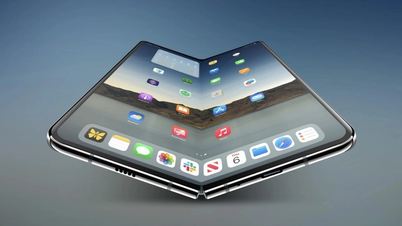













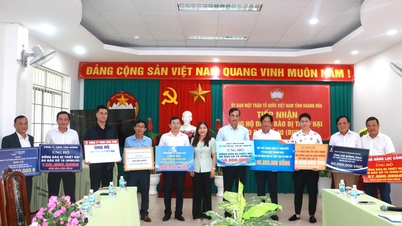

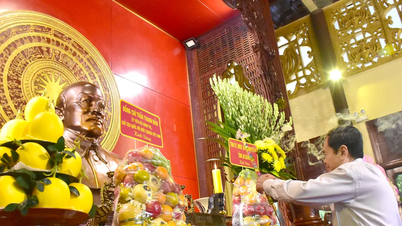












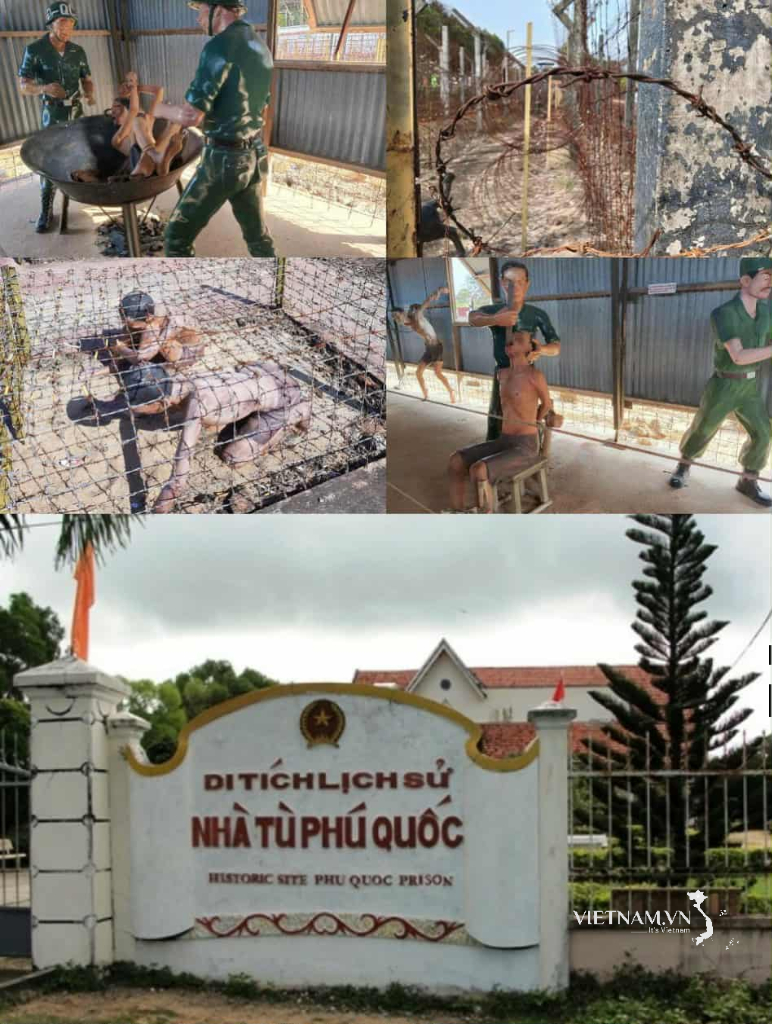


Comment (0)